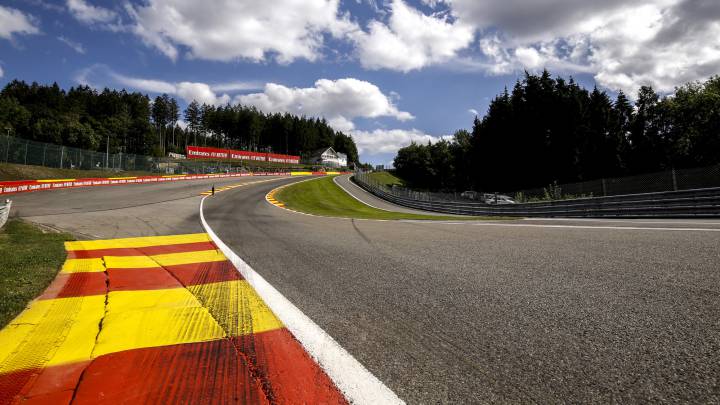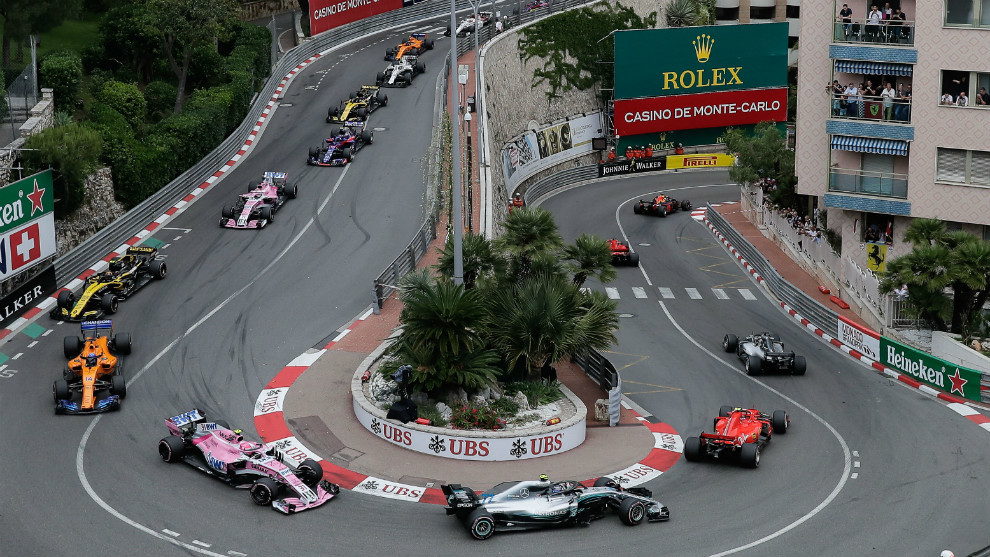Is not a secret that I am a F1 fan and this may not sound obvious but, F1 is in big measure architecture. When we talk about F1 we always think in the cars, the teams and just in some cases in the circuit. The tracks are monumental estructures with capacity to accomodate thousends of persons without problems.

Last weekend was the Saudi Arabia grand prix and it taked place in a very special track. The circuit is call Jeddah Cornich Circuit, this was the first time that a race takes place on it because it was finishes just a couple of days before the GP. This semi-urban circuit has been built in less than 12 moths, something incredible taking care that normally it’s needed aproximatly 3 years to buid a complete circuit.

Now I want to talk about another incredible architectural challenge in F1, the urban circuits. In the season 2021 we have had 2 urban tracks: Monaco and Baku; Singapour has also a urban track but it’s not going to be run in this season because of the covid. In the urban tracks a whole city is transformed in a circuit and is also needed to place the padock, the steps, the protections, the runoffs… Ones all the design is made is very easy to buil it yaer after year but is not easy to take all in care to guaranteer the drivers and the public safety.

For ending I want to talk about my favourite track, Spa. It has the most famous curve in all F1 and, unfortunately for the F1 fans that we love this track, is rumored that this curve is going to be remodeled. This change is because of the dangerous of the curve that has caused several accidents in the last years, causing the dead of the driver of F2 Anthoine Hubert in 2019.
